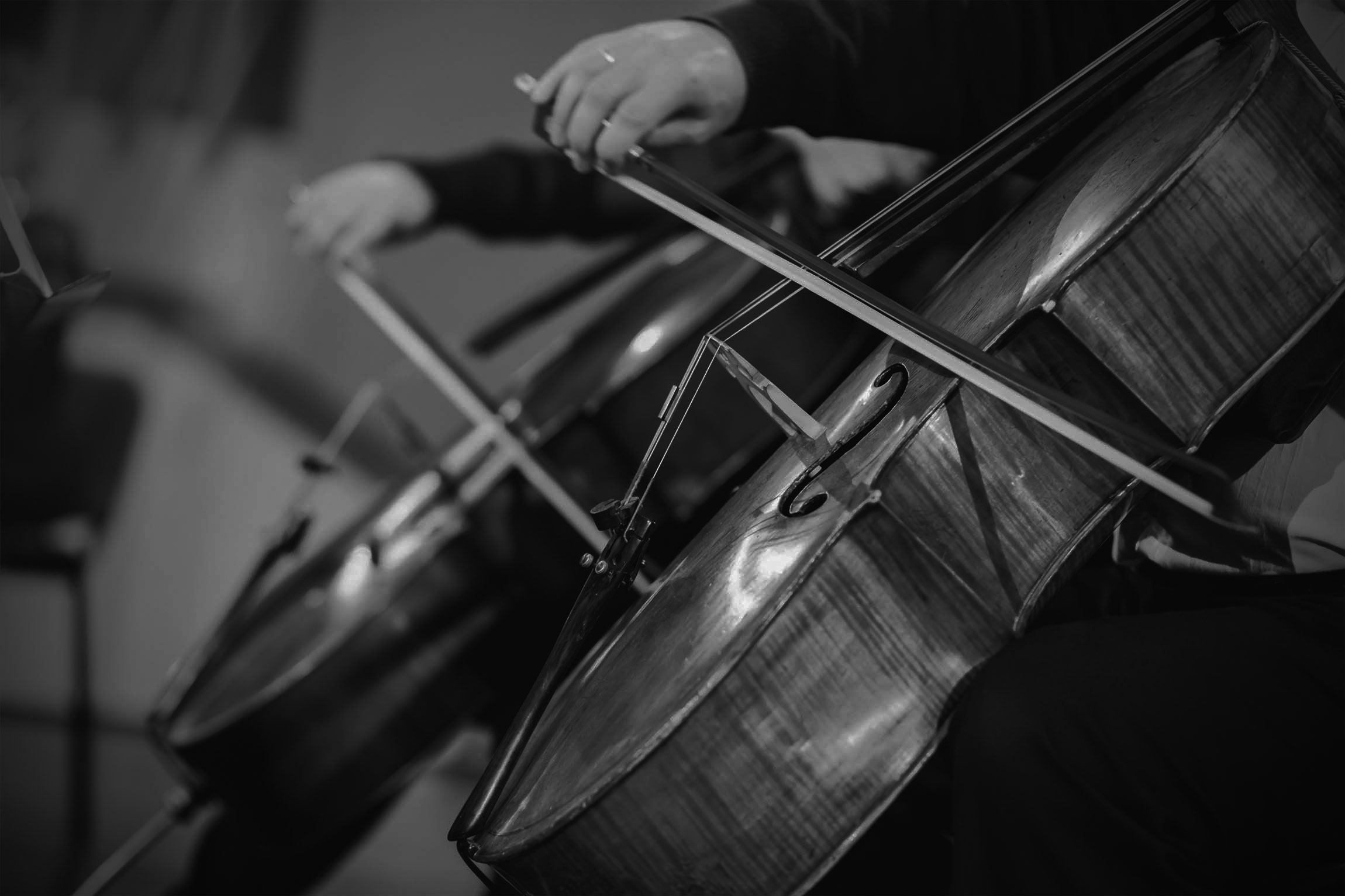Fränkischer Tag, 3.9.2019
An idyll in a small village in the district of Haßberge. An idyll that invites you to fill it with culture, and it will be so in the future. The HIMS Academy, behind which the castle owners Henrik Stein and Ismail Mukadam are hiding, wants to transform Schloss Hafenpreppach (community of Maroldsweisach) into a place of art, culture and intercultural encounter. The concert with the meaningful title “Classic makes happy – MostlyMozart” and the wind octet of the Staatskapelle Berlin was the prelude on Sunday.
While the first guests stroll through the courtyard of the baroque castle and enjoy both the evening sunrays and the stately ambience, the musicians of the wind octet of the Staatskapelle Berlin make the final preparations for their performance under the open sky.
Henrik Stein and Ismail Mukadam welcome their guests and invite them to take a look at the plans to convert the Orangery into a concert hall for chamber music.
Wolfgang Hinzpeter, violist in the Staatskapelle Berlin and musical advisor to the HIMS Academy, invites the guests to leave their seats and follow some of the steps into the park of the palace. Here the first musical sequence with the two clarinettists Tibor Reman and Amelie Bertlwieser sounds. The second sequence is taken up by oboists Fabian Schäfer and Charlotte Schleiss a few metres further down a staircase, and is joined by bassoonists Holger Straube and Jamie Louise White. She had replaced Sabine Müller at short notice. And finally the fourth composition sounds from one of the upper windows of the castle with the horn players Lászlo Gál and Sebastian Porsch.
As an octet reunited, the musicians play Ludwig van Beethoven’s Rondino for wind octet. A work that the young composer wrote while still in Bonn and which was the model for his large wind octet in E-flat major Opus 103 from 1792. A short, charming composition and thus an ideal prelude for a perfectly coordinated wind ensemble, which offered a unique concert with wit and joy in the music in front of the scenery of the baroque castle.
In 1771 Mozart had just moved to Vienna and had written the Serenade No. 11 KV 375 for eight wind instruments as a “down-to-earth advertisement” for his own cause. The interpretation by the wind octet of the Staatskapelle Berlin, however, was far from being down-to-earth. The musicians corresponded with each other with an extremely appealing lightness and were not disturbed by the rigors of the gusty wind. This also applies to the Serenade No. 12 “NachtMusique” KV 388 for eight wind instruments by Mozart, with which the Berliners continue the concert after the break. This work, which was composed in 1782, is characterized by compositional maturity. The Andante of the second movement is later found in the nocturnal serenade of lovers in “Cosí fan tutte”.
Before the concert began, Wolfgang Hinzpeter had described the evening as a “musical laying of the foundation stone” for further concerts in Hafenpreppach Castle. The concert was much more than a solid foundation stone. It was a promise for future concert events, which will have a special magic.

